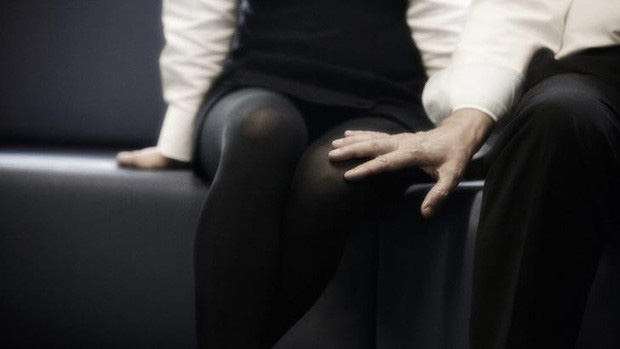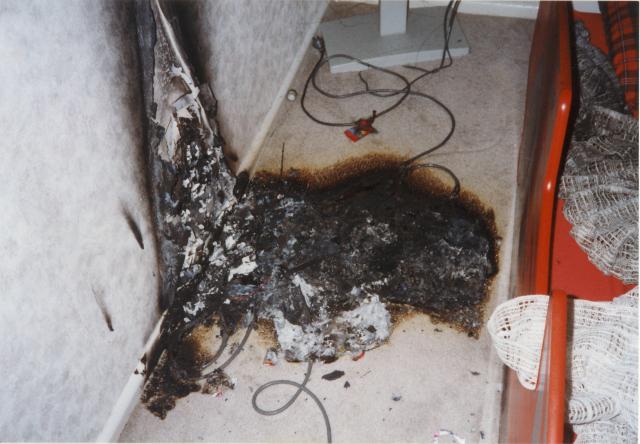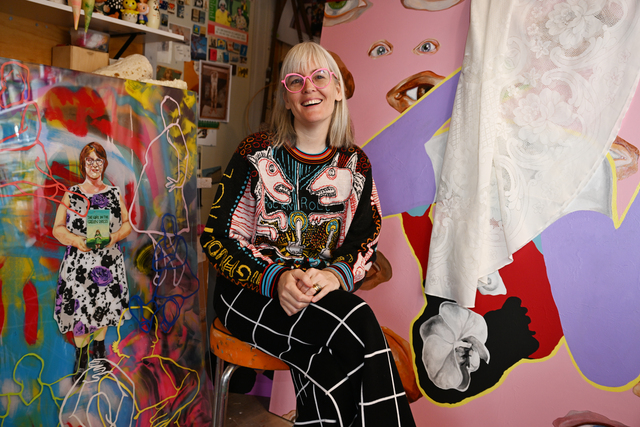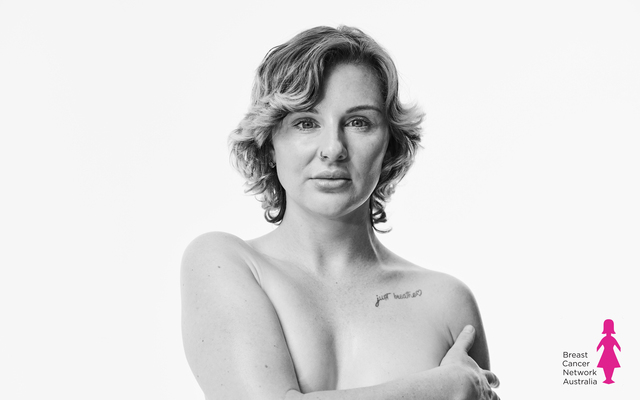Sexual harassment victims are more likely to receive six-figure damages payouts due to recent rulings that have “raised the stakes” for companies on the wrong end of workplace complaints.
Legal experts say Australian courts have abandoned an unofficial compensation range for sexual harassment and sex discrimination cases, which had previously limited compensation for non-economic loss to $20,000 in most cases.
A female manager at software company Oracle last month won a six-fold increase in her damages award from $18,000 to $130,000, which the Federal Court attributed to “prevailing community standards”.
The decision raises the prospect of bigger damages awards for the hundreds of sexual harassment claimants coming forward every year.
Draft figures from the Human Rights Commission reveal sexual harassment victims, since 2010, have been filing complaints in greater numbers. From 157 complaints in 2007-08, more than 260 were filed in 2010-11. There were 222 sexual harassment complaints made in the past financial year, according to the commission.
Sex Discrimination Commissioner Elizabeth Broderick said the increase in recent court-ordered damages awards were a sign of changing social expectations and showed that the issue of sexual harassment was “squarely on the nation’s agenda”.
She said employers found to be vicariously liable were being punished with much higher damages than in the past.
“Organisations that allow sexual harassment to occur will face these very serious implications,” she said.
Kerryn Tredwell, a partner at law firm Hall & Wilcox, said there were five harassment cases in 15 years where courts awarded more than $90,000 for general damages, and they had involved sexual assault or aggravated circumstances prolonging time away from work.
“The reason they were so high is that the sexual harassment was very serious or the impact on the victim was very severe,” she said. “But the Oracle case blows that out of the water … it wasn’t particularly severe, comparatively, yet she has been awarded $100,000 for her suffering.
“Community standards, which now place a higher value on compensating pain and suffering and loss of enjoyment of life, now require that general damages be assessed at a higher amount … and that can be traced back to things like a greater recognition of mental health issues.”
A 2012 study by the Queensland University of Technology examined all workplace sexual harassment complaints made to state and federal anti-discrimination commissions over six months and found half were less than $7000. Three-quarters of the 284 complaints resulted in the victim receiving less than $5000. Just 6 per cent received a payout of more than $50,000.
The high-profile sexual harassment case against David Jones by Kristy Fraser-Kirk, who accused then chief executive Mark McInnes,never reached the courtroom. It was settled with a reported $850,000 payout in 2010. Ms Fraser-Kirk had sought $37 million.
Ms Tredwell said employers needed to review and update discrimination and sexual harassment policies and training programs to minimise their exposure to six and seven-figure sexual harassment claims.
“Too often we see corporate clients not taking the steps they need to protect their business from these types of claims. They might have an anti-discrimination policy, but does anyone in the office know where to find it?”







